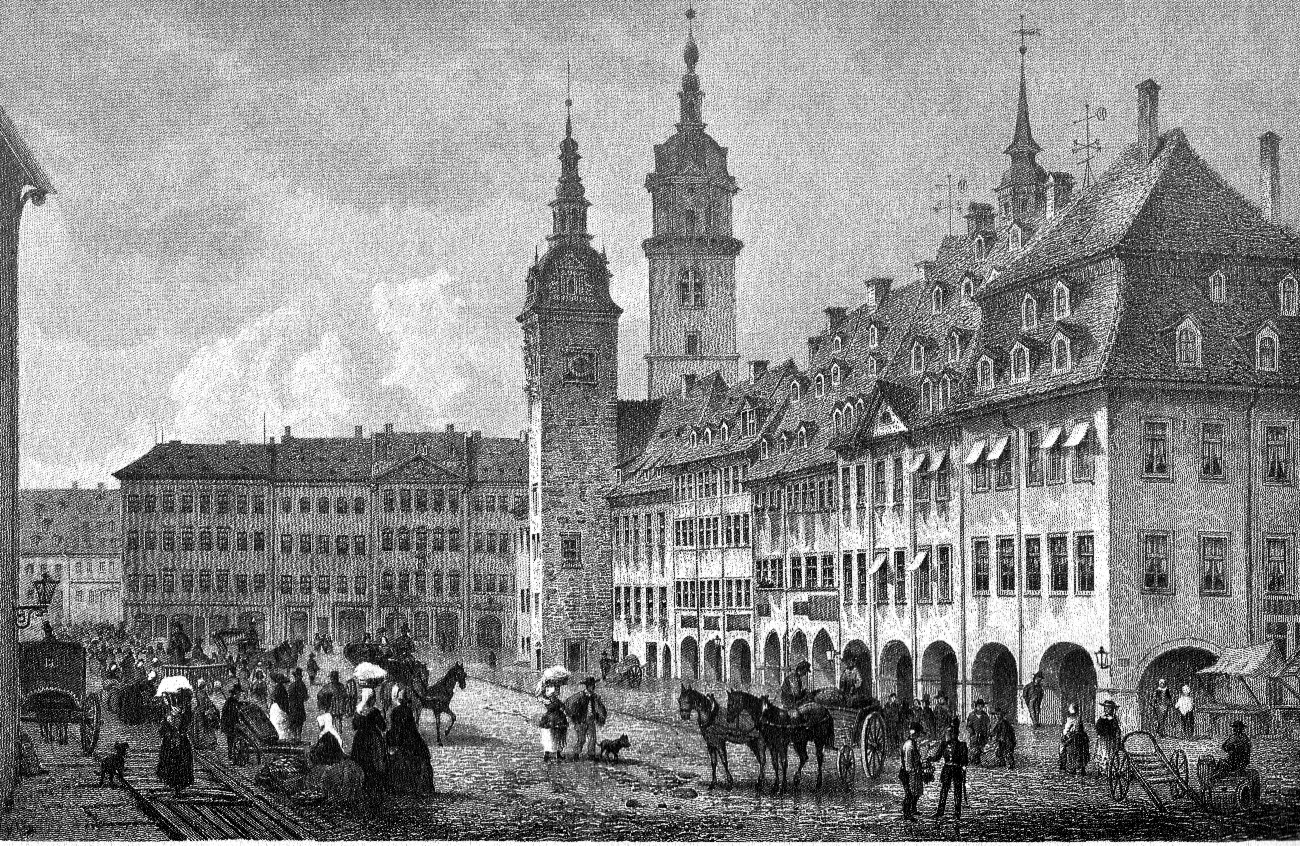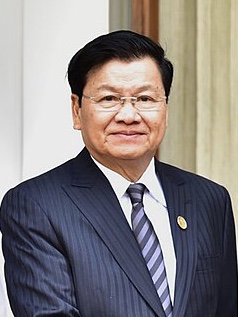|
Olga Körner
Olga Körner (born Olga Schubert: 3 June 1887 – 22 December 1969) was a Weimar Germany, German political activist and a co-founder of the proletarian women's movement in Dresden. Between 1930 and 1933 she sat as a member of the Reichstag (Weimar Republic), national parliament (''"Reichstag"''). Life Early years Olga Schubert was born into a working-class family in Marienberg, Rübenau (now part of Marienberg), a village on the German frontier with Bohemia, to the south of Dresden. From 1901 until 1903 she worked in domestic service. Between 1903 and 1909 she worked in the flowers and textiles sectors. In 1907 she relocated to what is today the Dresden quarter of :de:Dobritz (Dresden), Dobritz. She married Theodor Körner the next year. By 1920 she had also trained for work as a seamstress and cook. Politics On 8 March 1911 she joined the Social Democratic Party of Germany, German Social Democratic Party (SPD). She was also involved in organising strikes. She wor ... [...More Info...] [...Related Items...] OR: [Wikipedia] [Google] [Baidu] |
Marienberg
Marienberg is a town in Germany. It was the district capital of the Mittlerer Erzgebirgskreis (Central Ore Mountains district) in the southern part of Saxony, and since August 2008 it has been part of the new district of Erzgebirgskreis. As of 2020, the town had 16,716 inhabitants. Location and design The town is situated on a plateau north of the Ore Mountains ridge, at an elevation between 460 and 891 metres above sea level. It is approximately 31 kilometres south of Chemnitz, to which it is connected via the Flöha Valley Railway. The historical town centre follows a rectangular plan, imitating Italian renaissance. The centre is the market square, a square of 1.7 hectares in area. Marienberg and Pobershau were merged into the administrative unit (''Verwaltungsgemeinschaft'') of Marienberg, Pobershau has been incorporated into Marienberg with effect from 1 January 2012. Town districts Marienberg's districts are: *Marienberg *Ansprung *Gebirge *Gelobtland *Grundau *Kühn ... [...More Info...] [...Related Items...] OR: [Wikipedia] [Google] [Baidu] |
Burgfriedenspolitik
(, ) was a political truce between the German Empire's parliamentary parties during World War I. They agreed not to criticise the government's handling of the war, to keep their disagreements out of public view and to postpone elections until after the end of the war. In addition, three major associations of trade unions promised not to strike. The informal agreement was seen as proof of Germany's national unity in waging what was presented by the imperial leadership as a defensive war. Even though the Social Democratic Party of Germany (SPD) had adopted the Second International's policy of anti-militarism, it joined the rest of the Reichstag (German Empire), Reichstag in supporting the declaration of war in the belief that Germany was defending itself against the Russian Empire. Emperor Wilhelm II and the other parliamentary parties enthusiastically welcomed the SPD's unanimous vote in favor of war credits on 4 August 1914. The vote marked the start of the . The political tr ... [...More Info...] [...Related Items...] OR: [Wikipedia] [Google] [Baidu] |
Second World War
World War II or the Second World War (1 September 1939 – 2 September 1945) was a World war, global conflict between two coalitions: the Allies of World War II, Allies and the Axis powers. World War II by country, Nearly all of the world's countries participated, with many nations mobilising all resources in pursuit of total war. Tanks in World War II, Tanks and Air warfare of World War II, aircraft played major roles, enabling the strategic bombing of cities and delivery of the Atomic bombings of Hiroshima and Nagasaki, first and only nuclear weapons ever used in war. World War II is the List of wars by death toll, deadliest conflict in history, causing World War II casualties, the death of 70 to 85 million people, more than half of whom were civilians. Millions died in genocides, including the Holocaust, and by massacres, starvation, and disease. After the Allied victory, Allied-occupied Germany, Germany, Allied-occupied Austria, Austria, Occupation of Japan, Japan, a ... [...More Info...] [...Related Items...] OR: [Wikipedia] [Google] [Baidu] |
Chemnitz
Chemnitz (; from 1953 to 1990: Karl-Marx-Stadt (); ; ) is the third-largest city in the Germany, German States of Germany, state of Saxony after Leipzig and Dresden, and the fourth-largest city in the area of former East Germany after (East Berlin, East) Berlin, Leipzig, and Dresden. The city lies in the middle of a string of cities sitting in the densely populated northern Ore Mountain Foreland, foreland of the Elster Mountains, Elster and Ore Mountains, stretching from Plauen in the southwest via Zwickau, Chemnitz and Freiberg to Dresden in the northeast, and is part of the Central German Metropolitan Region. Located in the Ore Mountain Basin, the city is surrounded by the Ore Mountains to the south and the Central Saxon Hills, Central Saxon Hill Country to the north. The city stands on the Chemnitz River, which is formed through the confluence of the rivers Zwönitz (river), Zwönitz and Würschnitz in the borough of Altchemnitz. The name of the city as well as the names o ... [...More Info...] [...Related Items...] OR: [Wikipedia] [Google] [Baidu] |
Radeberg
Radeberg is a small town in the Bautzen (district), district of Bautzen, Saxony, Germany. It is located approximately 20 kilometres north-east of Dresden. The town has an Evangelical and a Roman Catholic church, and an old castle. History Radeberg was mentioned for the first time in 1219, when farmers settled on the country to the large Roeder. The name of the place is probably derived from this river. In less than 150 years a market place, a castle and own units developed. In the year 1412 the municipal law was lent to the small market town. 500 years ago silver was found close of the town. The discovery site was thereupon renamed as Silver Hill. The mine was however quickly exhausted. A labour camp of the Reich Labour Service was operated in the town under Nazi Germany. During World War II, the Nazis operated a Forced labour under German rule during World War II, forced labour camp for men and women in the town. During the final stages of the war, on April 22, 1945, the 1st ... [...More Info...] [...Related Items...] OR: [Wikipedia] [Google] [Baidu] |
Single-party State
A one-party state, single-party state, one-party system or single-party system is a governance structure in which only a single political party controls the ruling system. In a one-party state, all opposition parties are either outlawed or enjoy limited and controlled participation in elections. The term "''de facto'' one-party state" is sometimes used to describe a dominant-party system that, unlike a one-party state, allows (at least nominally) multiparty elections, but the existing practices or balance of political power effectively prevent the opposition from winning power. Membership in the ruling party tends to be relatively small compared to the population. Rather, they give out private goods to fellow elites to ensure continued support. One-party, compared to dominant-party dictatorships, structure themselves unlike democracies. They also turn into multi-party democracies at a lower rate than dominant-party dictatorships. While one-party states prohibit opposition p ... [...More Info...] [...Related Items...] OR: [Wikipedia] [Google] [Baidu] |
Enabling Act Of 1933
The Enabling Act of 1933 ( German: ', officially titled ' ), was a law that gave the German Cabinet—most importantly, the chancellor, Adolf Hitler—the power to make and enforce laws without the involvement of the Reichstag or President Paul von Hindenburg. By allowing the Chancellor to override the checks and balances in the constitution, the Enabling Act was a pivotal step in the transition from the democratic Weimar Republic to the totalitarian dictatorship of Nazi Germany. Background On 30 January 1933, Adolf Hitler, leader of the Nazi Party (NSDAP), was appointed as Chancellor, the head of the German government. Hitler immediately asked President von Hindenburg to dissolve the Reichstag. A general election was scheduled for 5 March 1933. Reichstag fire On 27 February 1933, the Reichstag building of the German parliament caught fire. Acting as chancellor, Hitler immediately accused the Communists of perpetrating the arson as part of a larger effort to overthrow th ... [...More Info...] [...Related Items...] OR: [Wikipedia] [Google] [Baidu] |
Gleichschaltung
The Nazi term (), meaning "synchronization" or "coordination", was the process of Nazification by which Adolf Hitler—leader of the Nazi Party in Nazi Germany, Germany—established a system of totalitarian control and coordination over all aspects of German society "from the Economy of Nazi Germany, economy and German Labour Front, trade associations to the Reich Ministry of Public Enlightenment and Propaganda, media, Reich Chamber of Culture, culture and Reich Ministry of Science, Education and Culture, education". Although the Weimar Constitution remained nominally in effect throughout Government of Nazi Germany, Hitler's dictatorship, near total Nazification was achieved by 1935 with the resolutions approved during that year's Nuremberg Rally, fusing the symbols of the party and the state (see Flag of Nazi Germany) and depriving German Jews of their citizenship (see Nuremberg Laws). The tenets of ''Gleichschaltung'', including the Nuremberg Laws, also applied to German-o ... [...More Info...] [...Related Items...] OR: [Wikipedia] [Google] [Baidu] |
Machtergreifung
The rise to power of Adolf Hitler, dictator of Nazi Germany from 1933 to 1945, began in the newly established Weimar Republic in September 1919, when Hitler joined the '' Deutsche Arbeiterpartei'' (DAP; German Workers' Party). He quickly rose to a place of prominence and became one of its most popular speakers. In an attempt to more broadly appeal to larger segments of the population and win over German workers, the party name was changed to the ''Nationalsozialistische Deutsche Arbeiterpartei'' (NSDAP; National Socialist German Workers' Party), commonly known as the Nazi Party, and a new platform was adopted. Hitler was made the party leader in 1921 after he threatened to otherwise leave. By 1922, his control over the party was unchallenged. The Nazis were a right-wing party, but in the early years they also had anti-capitalist and anti-bourgeois elements. Hitler later initiated a purge of these elements and reaffirmed the Nazi Party's pro-business stance. This included killing ... [...More Info...] [...Related Items...] OR: [Wikipedia] [Google] [Baidu] |
Nazi Party
The Nazi Party, officially the National Socialist German Workers' Party ( or NSDAP), was a far-right politics, far-right political party in Germany active between 1920 and 1945 that created and supported the ideology of Nazism. Its precursor, the German Workers' Party (; DAP), existed from 1919 to 1920. The Nazi Party emerged from the Extremism, extremist German nationalism, German nationalist ("Völkisch nationalism, ''Völkisch'' nationalist"), racism, racist, and populism, populist paramilitary culture, which fought against communism, communist uprisings in post–World War I Germany. The party was created to draw workers away from communism and into nationalism. Initially, Nazi political strategy focused on anti-big business, anti-bourgeoisie, and anti-capitalism, disingenuously using socialist rhetoric to gain the support of the lower middle class; it was later downplayed to gain the support of business leaders. By the 1930s, the party's main focus shifted to Antisemit ... [...More Info...] [...Related Items...] OR: [Wikipedia] [Google] [Baidu] |







